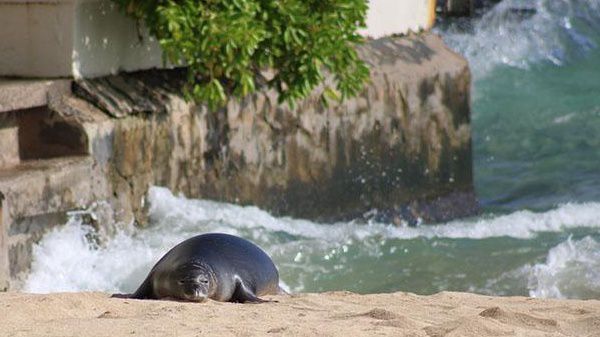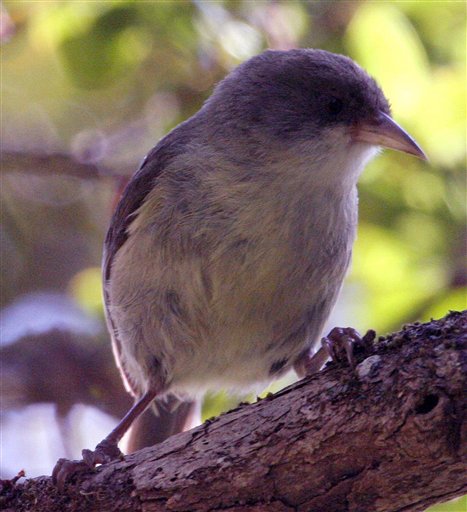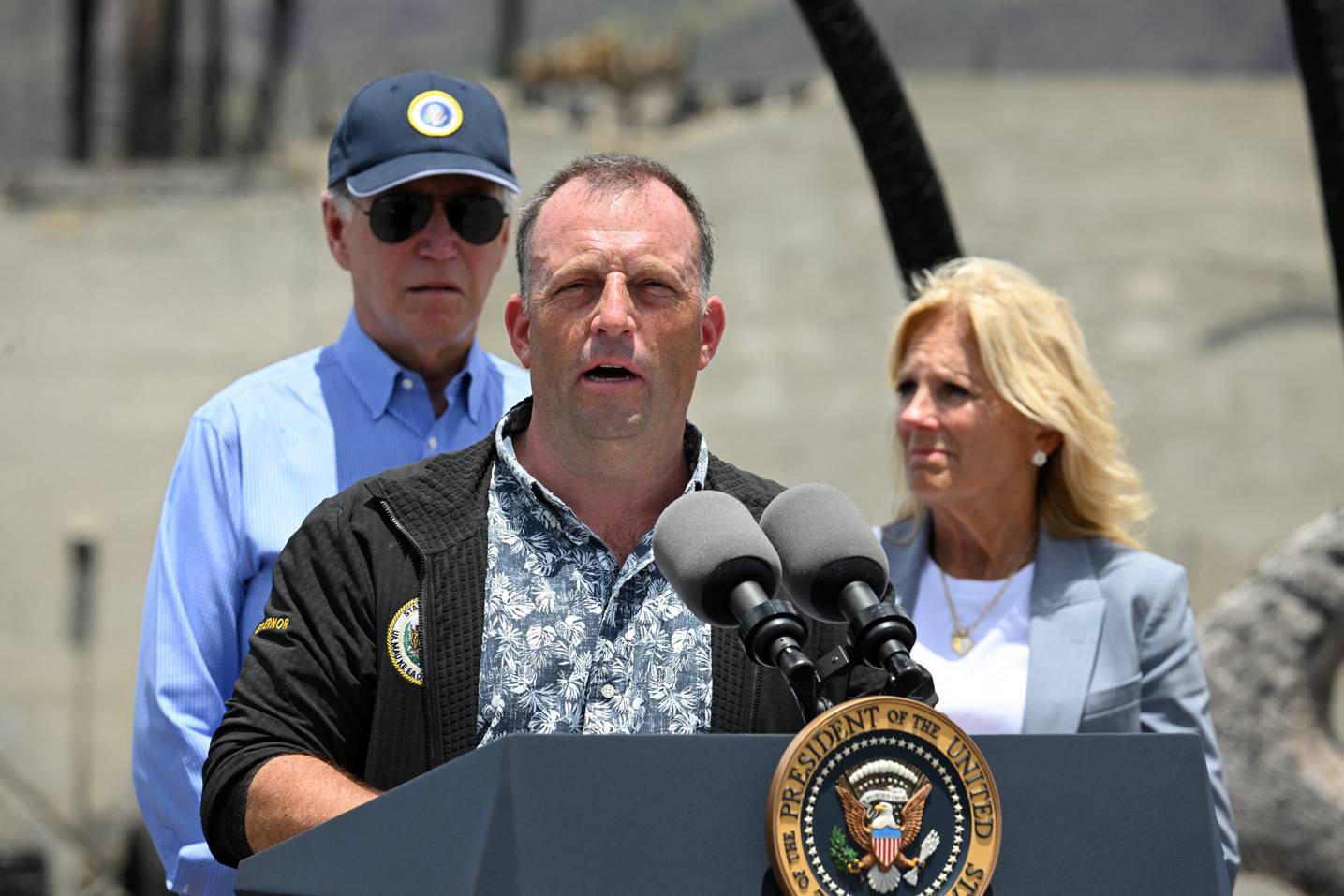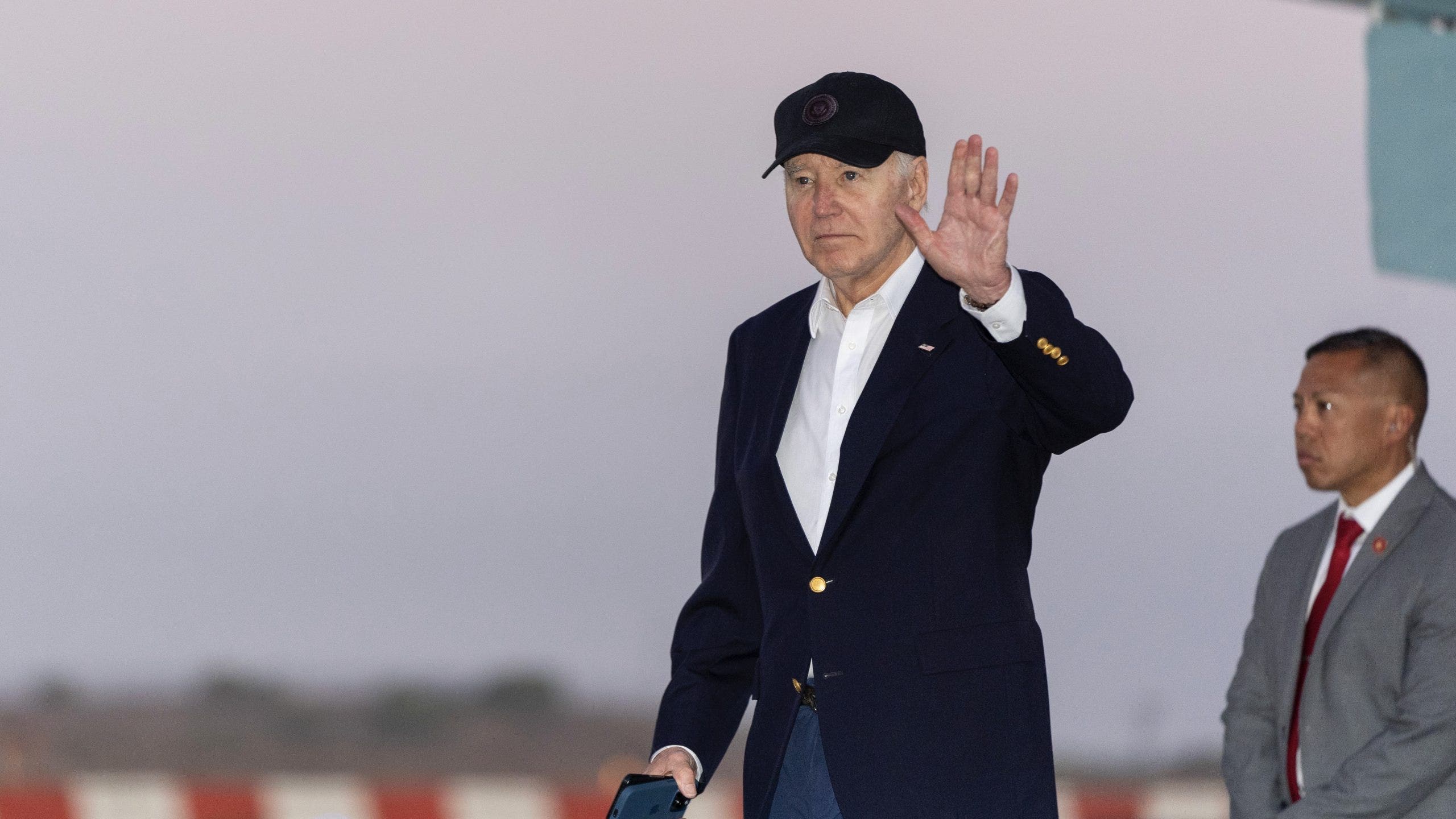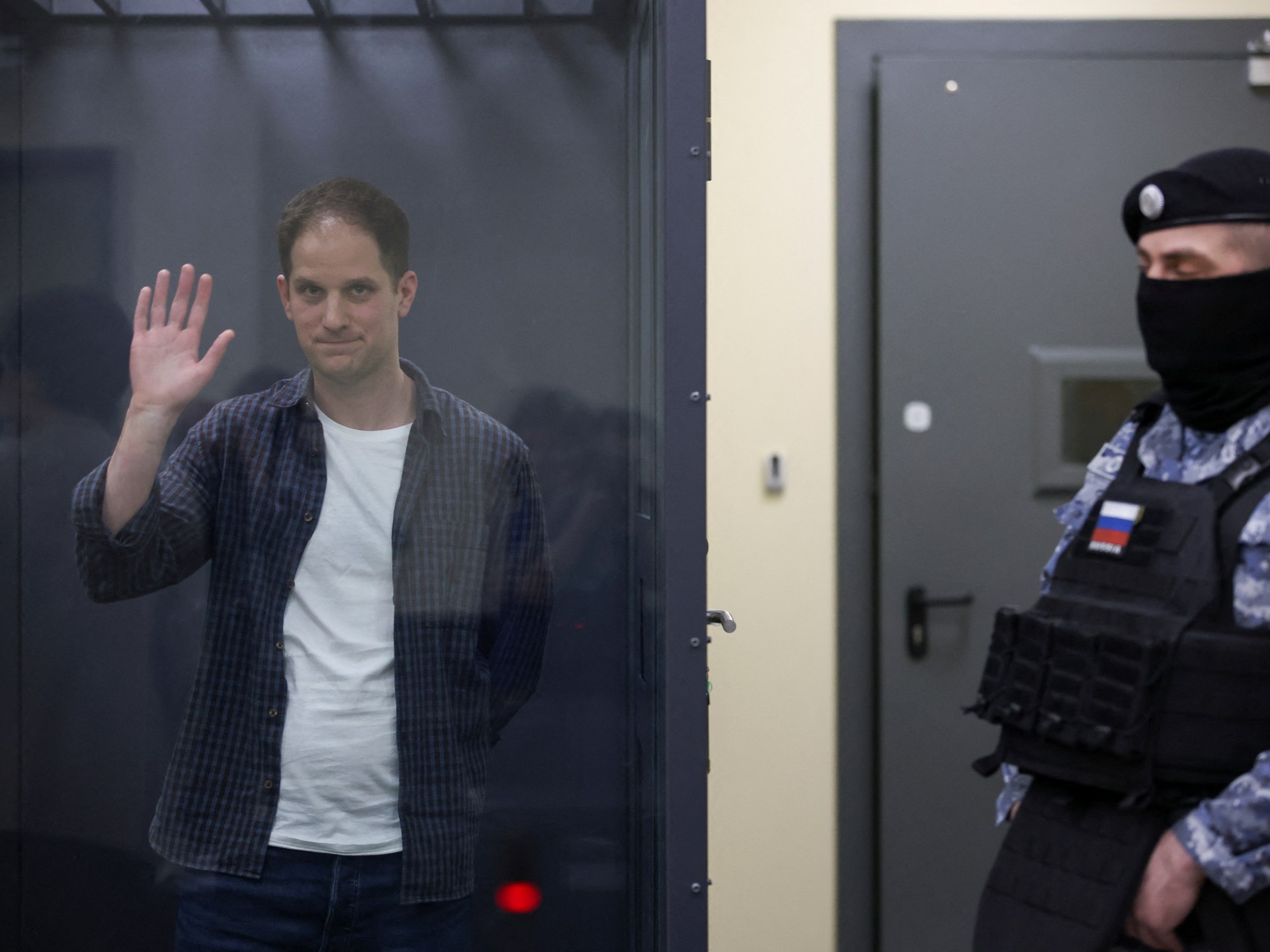Hawaii
Hawaii baseball team rallies past No. 13 N.C. State

Feb. 25—Ben Zeigler-Namoa stood near the Hawaii dugout, bat in hand, hoping to get a shot to give his team the lead.
Ben Zeigler-Namoa stood near the Hawaii dugout, bat in hand, hoping to get a shot to give his team the lead.
A passed ball on what would have been a strikeout for the third out to end the bottom of the eighth inning allowed the Rainbow junior to step to the plate and deliver the eventual game-winning two-run single to hand Hawaii a thrilling 7-5 win over No. 13 North Carolina State on Saturday night.
A sold-out Les Murakami Stadium crowd of 3, 147 saw a classic Hawaii comeback in which UH scored four runs in the bottom of the eighth inning.
Jordan Donahue, who had two of Hawaii’s six hits, brought in a run when he dumped a one-out single into shallow right to score Stone Miyao, who led off with a walk.
Austin Machado and Dallas Duarte drew two-out walks to load the bases for Matthew Miura, who struck out swinging. But the ball popped out of the glove of catcher Jacob Cozart allowing all the runners to advance and continue the inning.
Zeigler-Namoa followed with a hard-hit grounder back up the middle that went off the glove of a diving Matt Heavner at second and into center field to put UH in front for good.
“I wanted the moment and I got the moment, ” said Zeigler-Namoa, who had two hits. “Tough guy. First pitch he threw me in the strike zone was 100 (mph ), so I mean, really good guy, but wasn’t afraid, went up there and wanted to swing and I got fortunate.”
Freshman Itsuki Takemoto worked a perfect top of the ninth to end the inning and put a quick end to a game that was quite the opposite of Friday’s 17-12 win by the Wolfpack in the series opener.
“The Manoa magic really reared its head with that passed ball and then that big two-out hit, ” Hawaii coach Rich Hill said.
Hawaii held the Wolfpack to half as many hits (10 ) as in the opener, with left-handed senior starter Randy Abshier setting the tone from the start.
Abshier took a shutout into the fifth inning and struck out a career-high 11 in five innings without allowing a walk.
“I was just kind of doing what I do best, which is spin and fastballs, ” Abshier said. “We didn’t change anything. We just kind of went at them. If they were going to get 20 (hits ), they were going to get 20. We weren’t going to change anything.”
Abshier threw 89 pitches—59 for strikes—and left after giving up a leadoff double in the top of the sixth inning.
N.C. State freshman Jack Bechtel homered to lead off the top of the fifth in his first collegiate start to help the Wolfpack (3-2 ) cut Hawaii’s lead in half.
UH’s Sean Rimmer connected on a solo homer in the sixth inning. His second career homer put Hawaii back in front by two.
N.C. State scored a run in four straight innings and used Hawaii errors that led to the tying and go-ahead runs.
The Wolfpack added to the lead with three straight singles in the top of the eighth off UH reliever Danny Veloz. Eli Serrano took a close pitch ruled a ball to make the count 1-2 before pulling a ball to right field to score Alec Makarewicz for a 5-3 lead.
The hit chased Veloz and prompted Hill to bring in freshman right-hander Zacary Tenn, who limited the damage getting the Wolfpack to bounce into a double play.
Both teams combined to use five pitchers in the game-deciding eighth inning.
Takemoto needed just six pitches—all strikes—to end the game.
“He’s got ice in his veins, ” Hill said. “He pitched in front of 40, 000 people in a high school tournament and you could see he barely had a pulse out there. This is nothing new to him.”
Tenn improved to 2-0, while Cooper Consiglio, who walked the only batter he faced, took the loss.
N.C. State walked seven and hit three batters. UH’s five pitchers did not walk a batter.
Hawaii will go for the series win today at 1 :05 p.m. with freshman Isaiah Magdaleno getting the start.

Hawaii
Hawaii’s largest solar-plus-storage facility now operational
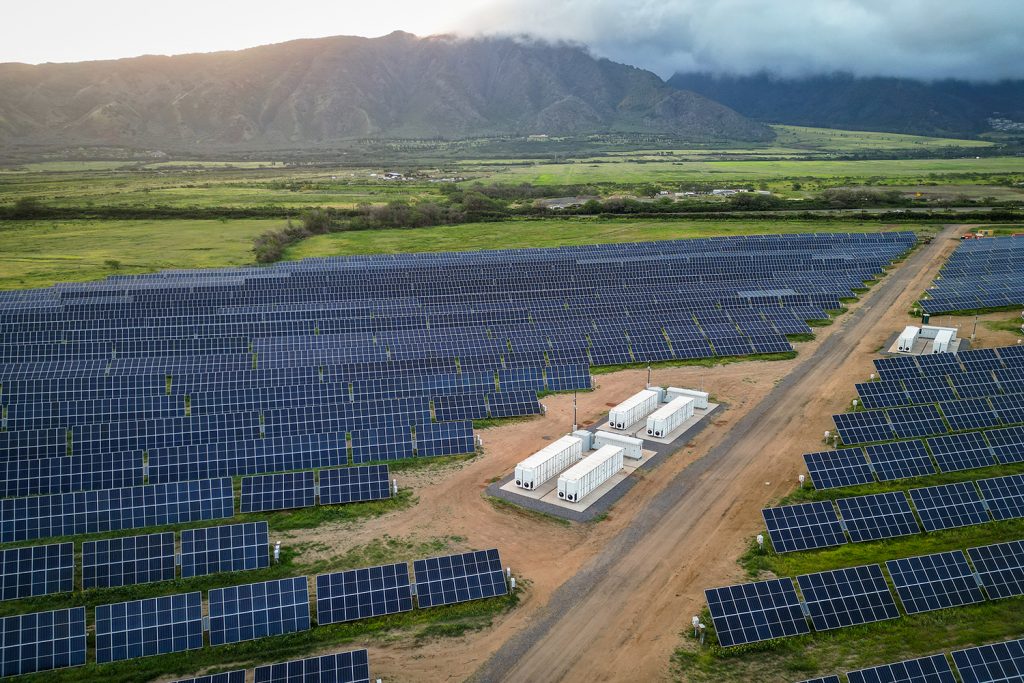
The 60 MW Kūihelani solar-plus-storage facility will generate enough electricity for 27,000 homes, with a 240 MWh battery energy storage system.
From pv magazine USA
Hawaii has the highest average electricity price of any state at $0.43.93 per kWh, nearly triple the U.S. average, yet this project will cut that cost for many residents. Developer AES Hawaii projects that the Kūihelani Solar-plus-Storage facility will generate enough electricity for 15% of Maui’s needs at just $0.08 per kWh.
“Maui residents will soon be seeing the benefit of Kuihelani in their electric bills and the reassurance of knowing they will have reliable electrical power for their homes and businesses,” said Maui Mayor Victorino.
Islands that are not covering their energy needs with renewables are beholden to imported fossil fuels. The energy generated by this facility will offset the need to import an estimated 2 million barrels of oil.
Situated on 450 acres in central Maui, between Kūihelani Highway and Maui Veterans Highway, the project supports the state’s goal of 100% renewable energy and decarbonization targets by 2045. AES Hawaii broke ground for construction less than two years ago, and as with most large-scale solar projects, the company sought input from the community before construction. As a result, AES Hawaii modified its plans.
“We reduced the size of the project site by 35%, minimizing the project’s environmental footprint, while maximizing the usage of the available land in a responsible manner,” said Sandra Larsen, Hawaii market business leader for AES.
Hawaiian Electric is the offtaker of the electricity, having signed a 25-year power purchase agreement with AES Hawaii.
Nearly 300 jobs were supported during the construction of Kūihelani Solar-plus-Storage and generated approximately $68 million for Maui’s economy, according to AES Hawaii. In addition, the project area is also designed for agricultural use.
AES Hawaii has more than 300 MW of renewable energy in construction or operational, enough to power 120,000 homes statewide. The company estimates that this is the equivalent of eliminating more than 175,000 metric tons of carbon emissions and more than 15 million barrels of oil consumption throughout project lifecycles.
This content is protected by copyright and may not be reused. If you want to cooperate with us and would like to reuse some of our content, please contact: editors@pv-magazine.com.
Hawaii
Miss Hawaii U.S. International Melody Higa heading to Florida to compete for the National Crown

We recognize you are attempting to access this website from a country belonging to the European Economic Area (EEA) including the EU which
enforces the General Data Protection Regulation (GDPR) and therefore access cannot be granted at this time.
For any issues, contact news@kitv.com or call 808-535-0400 .
Hawaii
Volcano Watch: A decade later, remembering the Pahoa lava flow crisis
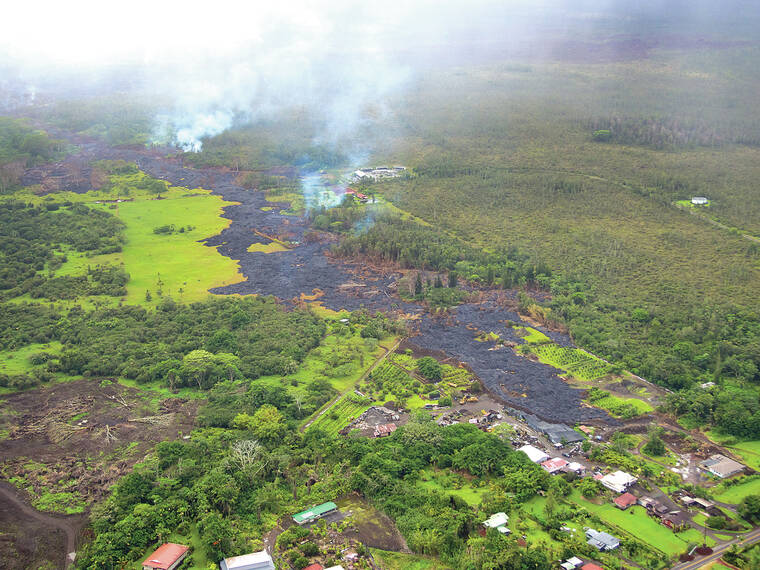
Over the past few years, eruptions of Kilauea volcano on the Island of Hawaii have happened in remote regions and lava flows have not directly threatened communities. However, the approaching anniversary of a lava flow crisis a decade ago reminds us that eruptions on Kilauea have the potential to cause damage and island-wide disruption.
The 2018 lower East Rift Zone eruption of Kilauea is still fresh in many of our minds, but even before then, Kilauea lava flows entering communities was not uncommon. During the 35-year-long eruption of Pu‘u‘o‘o, on the East Rift Zone of Kilauea, lava flows caused destruction in Royal Gardens, Kalapana, and in Pahoa. Before Pu‘u‘o‘o, there were also eruptions in Kapoho Village in 1960 and on Kilauea’s lower East Rift Zone in 1955.
Ten years ago, inflation at Pu‘u‘o‘o in May and June lead to a new eruptive episode on the northeast flank of the cone. It was informally named episode 61e, but more commonly referred to as the June 27 flow in reference to the start date of that episode in 2014.
In the first few days, four fissures produced channelized flows before the eruption focused at the lowest elevation vent, where a perched pond began to form. The pond elevation continued to rise until it was about 30 meters (100 ft) higher than the vent. On July 10, pressure from the perched pond triggered the eruptive vent to shift to the next highest fissure and abandon the perched pond.
The change in eruptive vent produced a fast-moving channelized flow that traveled up to several hundred meters (yards) per day. The flow continued to the northeast until it extended across the eastern edge of the Pu‘u‘o‘o flow field by the beginning of August.
On August 18, the lava entered into a deep ground crack that directed the flow further to the northeast. After about a week the lava overflowed from the crack, before repeating this pattern at three additional and parallel ground cracks. The flow traveled roughly 5 km (3 mi) underground in these cracks to within about 1.2 km (0.7 mi) of Ka‘ohe Homesteads subdivision where the lava exited the final crack in early September.
The flow front advanced slow and steadily during the first few weeks of September, passing Ka‘ohe Homesteads to the northwest. Then from late-September to early-October, the lava flow’s rate of advance began to fluctuate as it stalled and advanced. Towards the end of October, a breakout surged through a narrow drainage and crossed Cemetery Road in Pahoa. The flow continued through the Pahoa Japanese Cemetery, through private property, and destroyed one structure, stalling only 155 m (510 ft) from Pahoa Village Road.
A large breakout on November 14 occurred roughly 6.5 km (4 mi) upslope of the flow front, and rapidly advanced along the northwest margin of the previous flow, ultimately headed towards Pahoa Marketplace and Highway 130. The flow front again stalled on December 30 after advancing to within 530 m (0.3 mi) of the marketplace. That was the furthest the lava flow advanced, but numerous breakouts just upslope continued to threaten Pahoa until early 2015.
Episode 61e, or the June 27 flow, then retreated upslope and stayed within about 8 km (5 mi) of Pu‘u‘o‘o. This episode continued until early June 2016, when inflation at Pu‘u‘o‘o culminated in two new eruptive vents on the northeast (episode 61f) and southeast (episode 61g) flanks of the cone on May 24.
The episode 61f flow was short-lived, lasting less than two weeks. However, the 61g flow remained active until the Pu‘u‘o‘o crater floor collapsed on April 30, 2018, followed by the intrusion of magma into the lower East Rift Zone and subsequent eruption.
Since then, eruptions from Kilauea have fortunately been confined within Kaluapele (Kilauea caldera) or other remote areas of Hawaii Volcanoes National Park. Currently, there are no signs of magma moving into the East Rift Zone but that will inevitably happen again someday. The Pahoa lava flow crisis and other destructive East Rift Zone eruptions are reminders that communities on or near the rift zone are vulnerable. Residents and visitors should stay informed and remember that it’s never too early consider how an eruption could impact you and your family.
Volcano
activity updates
Kilauea is not erupting. Its USGS Volcano Alert level is ADVISORY.
Kilauea erupted briefly on June 3 southwest of Kaluapele (Kilauea caldera) within the closed area of Hawaii Volcanoes National Park. Sulfur dioxide emission rates remain elevated; an emission rate of 350 tonnes per day was measured on June 10, for the combined areas of Kilauea summit and the recent eruption. Seismicity in the summit region, including the upper East Rift Zone, has been slightly elevated with about 550 events over the past week. Inflationary ground deformation has continued in the summit region. Additional pulses of seismicity and deformation could result in new eruptive episodes within the area or elsewhere on the Southwest Rift Zone.
Mauna Loa is not erupting. Its USGS Volcano Alert Level is at NORMAL.
Webcams show no signs of activity on Mauna Loa. Summit seismicity has remained at low levels over the past month. Ground deformation indicates continuing slow inflation as magma replenishes the reservoir system following the 2022 eruption. SO2 emission rates are at background levels.
One earthquake was reported felt in the Hawaiian Islands during the past week: a M3.4 earthquake 14 km (8 mi) S of Volcano at 1 km (1 mi) depth on June 6 at 12:29 p.m. HST.
HVO continues to closely monitor Kilauea and Mauna Loa.
Please visit HVO’s website for past Volcano Watch articles, Kilauea and Mauna Loa updates, volcano photos, maps, recent earthquake information, and more. Email questions to askHVO@usgs.gov.
Volcano Watch is a weekly article and activity update written by U.S. Geological Survey Hawaiian Volcano Observatory scientists and affiliates.
-

 News1 week ago
News1 week agoWould President Biden’s asylum restrictions work? It’s a short-term fix, analysts say
-

 News1 week ago
News1 week agoRead Justice Clarence Thomas’s Financial Disclosures for 2023
-

 World1 week ago
World1 week agoDozens killed near Sudan’s capital as UN warns of soaring displacement
-

 Politics1 week ago
Politics1 week agoNewson, Dem leaders try to negotiate Prop 47 reform off California ballots, as GOP wants to let voters decide
-

 World1 week ago
World1 week ago‘Bloody policies’: Bodies of 11 refugees and migrants recovered off Libya
-

 Politics1 week ago
Politics1 week agoGun group vows to 'defend' Trump's concealed carry license after conviction
-

 Politics1 week ago
Politics1 week agoShould Trump have confidence in his lawyers? Legal experts weigh in
-

 Politics6 days ago
Politics6 days agoGOP releases Jan. 6 clip of Pelosi saying 'I take responsibility' as she discussed National Guard absence
